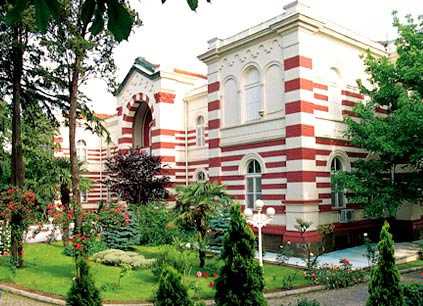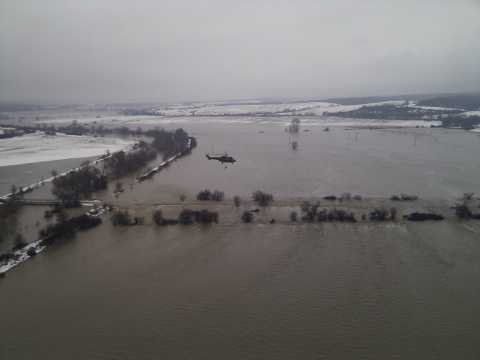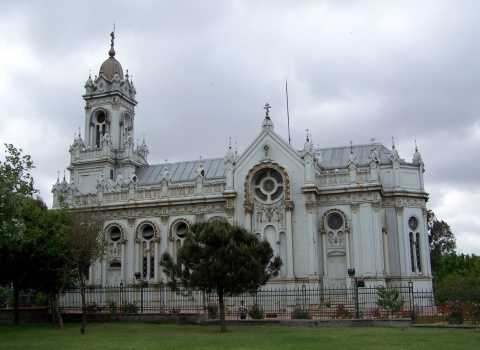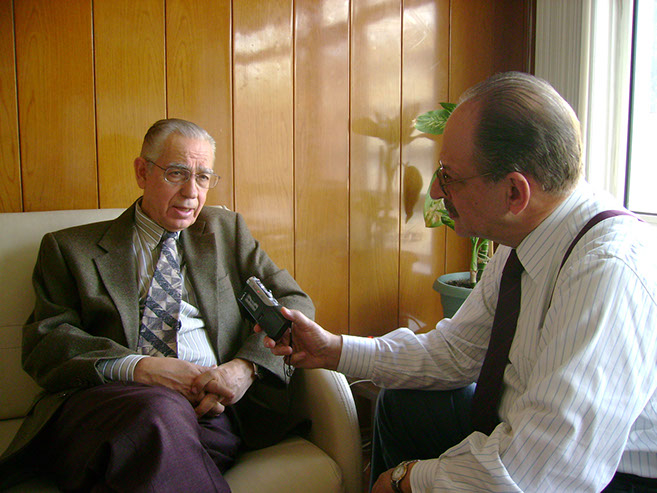GO CITYBREAK : A city of extremes, Sofia offers something for everyone – skiing, cultural and architectural gems and food to delight, writes LORRAINE COURTNEY
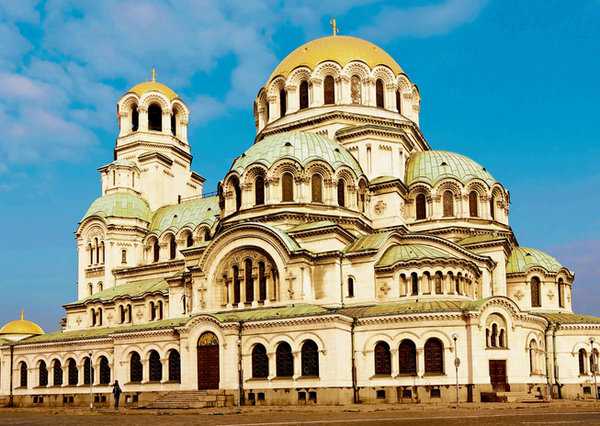
IF ASIA AND EUROPE hadn’t already met in Istanbul, they might have chosen Sofia. Sofia is a place of extremes, with a fast-track, new-money elite on the one hand and a struggling lower class on the other. The mafiya is everywhere, making its presence known with expensive German cars and Versace-clad girlfriends, but you’ll still stumble across gaggles of old men playing chess in city parks. Marauding Ottomans filled the city with mosques and hammams. Red Army monuments jostle with bling shopping centres. Oh, and there is some surprisingly good skiing to be had just out of town.
The foothills of Mount Vitosha are a short trek out of town and, in season, the slopes around Aleko are jammed with snow bunnies. And while Sofia might not be a destination for the gnarly off-pister, the resort of Aleko is ideal for the curious beginner, wary intermediate or those with young children in tow. There are six runs and the Aleko chalet has a gaggle of ski instructors available for tuition. Access is via a 6km gondola lift from the Sofia suburb of Simeonovo, so the piste is easily reached by the city-breaker. Equipment hire is very reasonable and skiing is possible on the snow-dolloped peak from late December through to mid-March.
Sofia itself is something of a palimpsest: a manuscript used over and over so many times that it has become a historical layer cake. Consider the 4th-century frescoes at St George’s Rotunda – it began life as a pagan temple when Sofia was ancient Roman Serdica. Later, it was converted to a baptistery by Emperor Justinian. It then spent a few centuries as a mosque during Ottoman rule before being reconverted to a place of Christian worship once more. The church stands in a little rotunda that is closely framed by a square of hulking Stalinist blocks, bringing the tale up to the 20th century.
Sofia’s centre is cosy, compact and very walkable. Many of the buildings are made of yellow bricks, but no you haven’t entered Oz – the bricks were a rather odd wedding gift from an Austro-Hungarian emperor to a Bulgarian tsar.
Notable sights to tick off your list include the colonnaded Party House, an arresting testament to the Communist legacy. Legend has it that Bulgaria applied to be the 16th Soviet republic. There’s a fascinating second World War monument that got an especially colourful makeover in June 2011 when fresh paint transformed the soldiers into Superman and other icons from pop culture. People flocked to check out the makeover, but the Bulgarian culture minister Vezhdi Rashidov was not amused and the soldiers have since been scrubbed to their original lacklustre socialist-realist state.
There’s also the Banya Bashi mosque replete with red brick minaret. It is the result of 500 years of Turkish rule and the city’s only working mosque. Out in the backyard is the spot where locals fill up their bottles with free streaming mineral water. The gorgeous onion-domed Russian church dedicated to Nikolai, the miracle worker, provides the city’s best Kodak moment.
You’ll discover lots of funky ethnographic and archaeological museums, and attractive art galleries in Sofia. Of these, the Museum of Archaeology is one of the best. It houses an extensive collection of artefacts from the Roman, the Greek and the Thracian periods, but the star attractions is the original 4th- century mosaic floor from the apse of the Church of Sveta Sofia.
The Borisova Gradina gardens provide some bucolic bliss in the city and are a pleasant place to catch your breath.
Sofia’s standout showpiece is the green and golden-domed Aleksandar Nevski Cathedral. The structure is just one century old, a monument to Russian soldiers who died fighting for Bulgaria’s independence during the Russo-Turkish war.
Through its heavy bronze doors, you enter an incense-fragranced world illuminated by tapered candles. It’s all Italian marble and exquisite wood carvings, and down in the crypt there are lots of medieval icons.
Zhenski Pazar or the “Women’s Market” is a bustling bazaar jammed with fruit and vegetable stalls as well, as stalls peddling souvenirs such as Bulgarian embroidery, rose-oil products, Troyan pottery and colourful icons.
Other good souvenirs to take home are watercolours from the street artists on Maria Luiza Boulevard or CDs of national folk songs. TZUM, or the Central Department Store, has gone upscale since Communist days and is a veritable feast of the usual high street and luxury shops.
Homer used to wax lyrical about the glories of Thracian viticulture, describing in The Iliad how sweet, red liquid was shipped from Thrace to Greece. Mavrud and Wide Melnik Vine are two of the indigenous grape varieties that make superb red wines. Otherwise, opt for a hoppy Zagorka lager. Food is a heady fusion of Balkan, European and Middle Eastern. Try it in a traditional tavern – called mehana.
Sofia’s boulevards are lined with Linden trees and one of the best restaurants in town is called Under the Linden Tree or Pod Lipite in Bulgarian. This old Bulgaria institution has been dishing up food since 1926 and the interior is decked out in the classic wood-beamed mehana style, with patterned rugs, agricultural tools and traditional musical instruments garnishing the walls.
Bunches of garlic and onions hang from the ceiling. Start off with a warming broth and then move on to a hearty meat dish, such as knuckle of pork.
Other local delights include the traditional pastry banitsa, filled with spinach and cheese, delicately spiced lamb kebabs, explosively fresh salads and the ubiquitous the yoghurt, cucumber and garlic dip the Greeks call tzatziki.
Rakia, the local white brandy is a distinctive firewater not unlike grappa – down a shot as you toast, “Nazdrave”.
Nightlife here is boisterous and many nightclubs can verge on seedy, so take advice on the best places to frequent.
Take in a performance at the National Opera and Ballet, based in an imposing building. The Ivan Vazov National Theatre is also worth checking out and the high standard of the performances of works by eminent Bulgarian writers mean that all is not lost in translation.
If you fancy a nightcap, Urban on Vitosha Street has a extensive selection of ritzy cocktails and is one of the glitziest places in town to flash your feathers.
My Mojito, on Ivan Vazov Street, is one of the more upmarket clubs.
And before you go, take note: Bulgarians mean “no” when they nod their heads, “yes” when they shake them. Distinct, intriguing and unique, this Balkan beauty is that kind of place.
SOFIA: Where to . . .
STAY
Value : Sofia Guesthouse, 27 Patriarh Evtimii Blvd, 00-359-240-30100, sofiaguest.com. This is actually a hostel and, as a relative new addition to the town, it has spanking clean dorms and comfy private rooms. It’s also very central. Rates from €28.
Midmarket : Crystal Palace, 1 Shipka Street, 00-359-2948-9489, crystalpalace-sofia.com. A hip boutique hotel with an ultra modern glass canopy topping the elegant classical facade. It perfectly sums up Bulgaria’s bold modern approach to architecture and has top notch service and facilities. Rooms from €100.
Upmarket: Grand Hotel Sofia, 1 Gurko Street, 00-359-2811-0811, grandhotelsofia.bg. Expect five-star pampering in Sofia’s beating heart. Views are stupendous – it’s right across from the red-and-white Ivan Vazov theatre – and the in-house spa is excellent. Doubles from €140.
EAT
Value : Sofia has a lively cafe culture for quick snacking and street food is of high quality too. Try a banitsa, a cheese and spinach filled pie, on the hoof. Fun and filling.
Midmarket: Under the Linden Tree, 1 Elin Pelin Street, 00-359-286-65053, podlipitebg.com. This is a Sofia institution dishing up hearty traditional fare. The wild boar stewed with juicy plums is hearty and satisfying.
Upmarket : Beyond the Alley, Behind the Cupboard, 31 Budapeshta Street, 00-359-2983-5545. This high-end diningroom has fed Bill Clinton and Madeleine Albright. The art nouveau interior is stunning and the menu is a mouth-watering blend of Bulgarian and international styles.
SHOP
Zhenski Pazar is an enormous bazaar in the old quarter. You can buy anything from honey to Troyan pottery and religious icons, and good quality linen. TZUM, Sofia’s answer to Moscow’s GUM, is mighty cathedral of consumerism, with high-street staples, a scattering of independents and luxury brands.
PARTY
The Red House on Karavelov Street (redhouse-sofia.org), a quirky cultural space, hosts political and cultural debates and avant-garde performances. For your nightcap, try Upstairs on 18 Vitosha, a bar that attracts Sofia’s beautiful people.
GO THERE
There are no direct flights to Sofia from Ireland. Bulgaria Air (air.bg) flies London Heathrow to Sofia, Wizzair.com flies to Sofia from Luton and easyjet.com flies to Sofia from London Gatwick
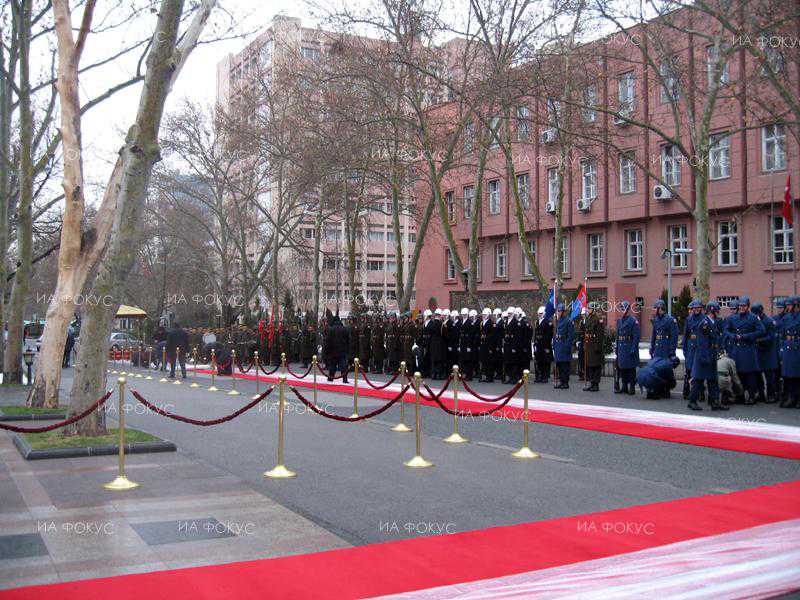 Ankara. Prime Ministers of Bulgaria and Turkey discussed on restoration of the fast moving sea vessel, the so-called “comet” between Burgas and Istanbul. This will lead to more inflow of tourists, Prime Minister Boyko Borisov said at a joint press conference with his Turkish counterpart Recep Tayyip Erdogan in Ankara, a reporter of FOCUS News Agency announced.
Ankara. Prime Ministers of Bulgaria and Turkey discussed on restoration of the fast moving sea vessel, the so-called “comet” between Burgas and Istanbul. This will lead to more inflow of tourists, Prime Minister Boyko Borisov said at a joint press conference with his Turkish counterpart Recep Tayyip Erdogan in Ankara, a reporter of FOCUS News Agency announced.
